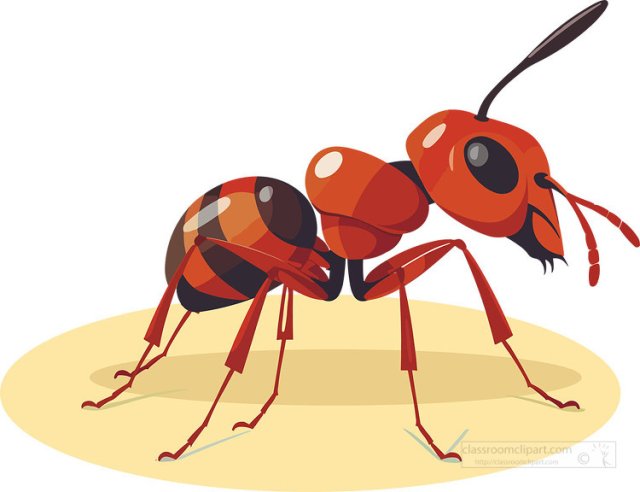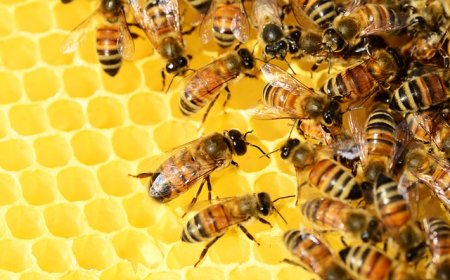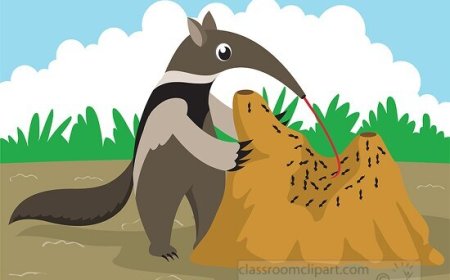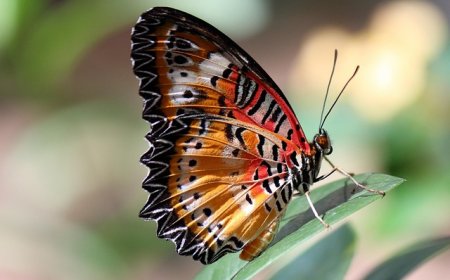Fire Ants for Kids: Facts, Life Cycle, and Why They Sting
Learn amazing facts about fire ants in this kid-friendly guide. Discover their life cycle, why they sting, and how they live in huge colonies.

🐜🔥 Fire Ants: Tiny Insects with a Powerful Sting
🌼 Introduction
Fire ants are small reddish-brown insects known for their painful stings and aggressive behavior. Even though they are tiny, fire ants can cause big problems when they invade yards, farms, or parks. They build large colonies underground and work together as a team to defend their nests.
In this article, you will learn what fire ants are, how they live, why they sting, and why they are both fascinating and challenging to humans.
🧬 Classification and Scientific Background
Fire ants belong to the insect order Hymenoptera, which includes ants, bees, and wasps.
Scientific Classification:
- Kingdom: Animalia
- Phylum: Arthropoda
- Class: Insecta
- Order: Hymenoptera
- Family: Formicidae
- Genus: Solenopsis
The most common fire ant is the red imported fire ant (Solenopsis invicta), which originally came from South America but has spread to many parts of the United States, Australia, China, and other regions.
🐜 What Do Fire Ants Look Like?
Fire ants are small, measuring about 1/8 to 1/4 inch (3–6 mm) long.
Features:
- Reddish-brown body with a darker abdomen
- Bent (elbowed) antennae
- Large head with strong jaws called mandibles
- A visible stinger on the end of the abdomen
Fire ants look similar to other ants but can be identified by their reddish color and painful sting.
🏠 Where Do Fire Ants Live?
Fire ants prefer warm, sunny climates.
Habitats include:
- Lawns and parks
- Farmlands and pastures
- Roadsides and fields
- Sandy soil and open ground
They build large underground colonies that can have over 200,000 ants. On the surface, their nests look like mounds of loose soil that can be over 18 inches tall.
🐣 The Fire Ant Life Cycle
Fire ants go through complete metamorphosis with four stages:
- Egg
- Laid by the queen ant inside the nest.
- Larva
- The egg hatches into a tiny, white, legless larva.
- Workers feed it until it is ready to pupate.
- Pupa
- The larva transforms into an adult inside a protective case.
- Adult
- Becomes a worker, soldier, male, or queen.
A queen fire ant can lay up to 1,500 eggs per day.
🛡️ Why Do Fire Ants Sting?
Fire ants sting to:
- Defend their colony from threats
- Protect their food and queen
- Attack other insects for food
When fire ants sting, they first bite with their jaws to hold on, then inject venom with their stinger. Their venom causes:
- Burning or stinging pain
- Red bumps and blisters
- Allergic reactions in some people
This is why fire ants are called “fire” ants—their stings feel like burning!
🍽️ What Do Fire Ants Eat?
Fire ants are omnivores, meaning they eat many things:
- Insects and small animals
- Seeds and plants
- Sweet liquids like nectar or honeydew
- Food scraps and garbage
They work together to bring food back to the colony.
🐜 Fire Ant Colonies
Fire ants live in organized colonies with different castes:
- Queen: Lays all the eggs.
- Workers: Care for the young, gather food, and build the nest.
- Soldiers: Larger workers that defend the colony.
- Males: Mate with the queen and then die.
Each ant has a role to help the colony survive.
🌿 Why Are Fire Ants a Problem?
Fire ants can cause problems because:
- They damage crops and young plants.
- Their stings hurt people, pets, and livestock.
- They build mounds that damage lawns and farm equipment.
- They invade electrical equipment and can cause short circuits.
Scientists and pest control experts work to manage fire ant populations.
🌍 Are Fire Ants Useful?
Even though they can be pests, fire ants also help ecosystems by:
- Eating other insects that damage crops.
- Turning soil over when they build nests.
- Serving as food for birds and animals.
Still, in many areas, their harmful effects outweigh the benefits.
✨ Interesting Facts About Fire Ants
- Fire ants can float in water by linking their bodies together.
- A fire ant queen can live for up to 7 years.
- Fire ants defend their colony aggressively if disturbed.
- They can bite and sting at the same time.
- Fire ants first arrived in the U.S. in the 1930s on cargo ships.
- Fire ants can form rafts to survive floods.
- Colonies can contain hundreds of thousands of ants.
📝 Kid-Friendly Summary
Fire ants are reddish-brown insects known for their painful stings. They build big underground nests and live in large colonies with a queen, workers, and soldiers. Fire ants eat many kinds of food and can be pests in yards and farms. Even though they are small, fire ants are powerful and fascinating insects that have spread to many parts of the world.
🧠 Vocabulary Words
| Word | Definition |
|---|---|
| Hymenoptera | The insect order that includes ants, bees, and wasps. |
| Colony | A large group of ants living and working together. |
| Mandibles | Strong jaws used for biting and carrying. |
| Venom | Poison that causes pain or harm. |
| Metamorphosis | Changing from egg to adult in different stages. |
| Caste | A group in the colony with a special job (like workers or soldiers). |
| Omnivore | An animal that eats plants and animals. |
| Raft | A floating group of ants linked together. |
| Pupa | The stage when an insect transforms into an adult. |
| Queen | The female ant that lays all the eggs. |




















































